‘Enabling Development’ – What is it?!
Article written by:
Rob CsondorRecently I have been dealing with more cases for 'Enabling Development', either where it has been enforced by a Local Planning Authority to try and restrict development on a site, or adopted by an applicant who is seeking to increase development on a site. In either case, there has been an apparent lack of continuity and understanding in the way this planning tool is implemented. Having delved into this topic in quite some detail, it has only become more apparent to me why this is the case...
‘Enabling development’ is the principle of allowing development that would have a detrimental impact on a heritage asset, but its wider benefits are such that these outweigh any disbenefits associated with the proposal. Enabling development can comprise: extensions or internal alterations to listed buildings to convert them to their optimum viable use; new development within the setting of a heritage asset to cross subsidise the costly rehabilitation of the asset, or; where very special circumstances apply, development within the Greenbelt to enable the delivery of a viable proposal.
Historic England summarise enabling development as:
“Enabling development is development that would be unacceptable in planning terms but for the fact that it would bring public benefits sufficient to justify it being carried out, and which could not otherwise be achieved”.
Historic England’s guidance ‘Enabling Development and the Conservation of Significant Places’ was published on 30th September 2008. This is effectively a rehash of the previous guidance ‘Enabling Development and the Conservation of Heritage Assets’, first published in June 1999, which advocated a presumption against enabling development unless it met specific criteria to demonstrate the positive benefits that would arise as a result.
This is a recurring theme in the current guidance, which sets out seven specific criteria which must be met in order for a proposal for enabling development to be acceptable.
These criteria are, on the face of it, quite reasonable to ensure that the minimum amount of additional development required is delivered, to mitigate as far as possible any detrimental impact to the heritage value of an asset.
The majority of enabling development cases are centred around residential proposals. This is largely due to residential uses typically representing the optimum viable use for a heritage asset, which would secure its long term future and safety due to the regular maintenance and upkeep residential dwellings benefit from. Residential development also typically provides the maximum revenue potential to be gained from an asset, which will aid in the cross subsidy required to meet the costs of rehabilitating/converting a, often dilapidated, listed building.
Any case for enabling development needs to be accompanied by a detailed development appraisal in order to demonstrate and justify the necessity for it to be included as a part of the proposal. This is where it starts to get tricky…
There is a lot of confusion within the industry, including agents and Local Planning Authorities, as to how the guidance should be implemented. Standard viability assessments are now common practice and there is an accepted principle as to how these cases should be assessed. A Residual Land Value (RLV) is calculated for a policy compliant scheme and then compared against a development sites Benchmark or Threshold Land Value (BLV), typically Market Value, in order to assess whether a scheme is viable. If the RLV does not meet the BLV, the proposal is unviable. Sensitivity testing will typically follow to identify what quantity of Section 106 obligations a scheme can deliver whilst remaining viable.
During the assessment, there are almost always areas of disagreement, with one party perhaps quoting revenues at £260 psf vs the other party at £250 psf, or that developer’s profit should be assessed at 20% vs 17.5% due to the risk profile of the scheme. But ultimately common ground is usually found and the proposal is able to advance to committee with agreed heads of terms for the associated Section 106 Agreement.
The principle for an enabling development case follows a similar format. To begin, a development appraisal comprising just the works to be undertaken to the heritage asset is undertaken to calculate the ‘conservation deficit’. If the value is negative, a case for enabling development can be made. The amount of enabling development required comprises the amount necessary to bring the conservation deficit to £0, whilst allowing for an appropriate developers return.
This is the point at which the majority of confusion arises. The concept of a RLV being the product of a development appraisal is so widely understood, that the conservation deficit is often treated as the negative RLV generated by an unviable scheme. This results in the costs of an enabling development appraisal often being grossly underestimated due to the lack of any site value and acquisition costs being included within the calculation.
This confusion is increased by paragraph 5.4.1 of the guidance, which states the existing value of the site is “often taken as zero”. This is contrary to the example calculations above, taken from Historic England’s guidance, which clearly include the Market Value of the heritage asset as a line item in the costs section of the appraisal. This demonstrates an understanding that all property commands a value, and will not come forward for redevelopment effectively for free.
The guidance also states that the Existing Use Value of an asset ought to be accounted for when addressing site value, which often occurs where there is a low-key use which does not reflect optimum viable use but generates a return to the land owner.
You are forgiven for now being confused as to exactly how site value ought to be accounted for within the enabling development process.
Coming from my background as a P&D surveyor, I am strongly of the view that the assessment of a heritage assets value should accord with the principles of the Royal Institution of Chartered Surveys guidance note ‘Financial Viability in Planning’ 1st Edition. Whilst this explores the principles of Existing Use Vale plus a premium, and Alternative Use Value, it ultimately concludes that site value should be equivalent to Market Value, having regard to Existing Use Value, Alternative Use Value and any other policy requirements. Determining the Market Value of a heritage asset can be a tricky process in itself, but where it has exchanged hands in a competitive market, or where there are sufficient comparables within the market, it can be quite reasonably determined.
Historic England’s guidance is now almost 10 years old, and its publication status has been ‘Under Revision’ since I first encountered it some two years ago. Whilst it is not yet known when the next revision of the guidance will be published, it is evident that there needs to greater clarity to advise practitioners and LPAs alike on how to apply the principles of the guidance, and a connectivity with the RICS guidance would no doubt help to simplify the process.
The RICS guidance Financial Viability in Planning is currently undergoing its first revision, and is due for release prior to the ned of 2017. With this in mind, it would certainly be useful to see whether the viability considerations surround enabling development and historic assets are picked up in the forthcoming guidance note. I will certainly be keeping my eyes peeled, and look forward to being able to provide further clarity on this when available.
How to Ensure a Brownfield Site Has Potential
Let’s assume you have identified one or a number of urban/ brownfield sites that could offer development opportunity.
You now need to ensure each one is viable
Here’s...
Critical Issues in Financial Viability Assessments
So, you have concerns about whether your site is viable to develop because the cost of planning obligations are too high, or the affordable housing requirement is too...
Development Options
Landowners, whether they be individuals or organisations, have a range of options when they consider how to maximise the value of their assets.These options depend upon...
Vacant buildings: obstacle or opportunity?
For developers in towns and cities, vacant buildings are often seen as a constraint as they can impose additional costs upon development, either in terms of their...
What Should Be Included in Your Technical Land Assessment?
Undertaking an appropriate technical land assessment before site purchase and mobilisation is a critical part of any profitable development.
Here are some key things to...
Plans, Delays and Recoveries
So now we await a return to normality that may never really arrive. Cummings’ trip up north may have heralded a relaxation of the government’s lockdown and a move...

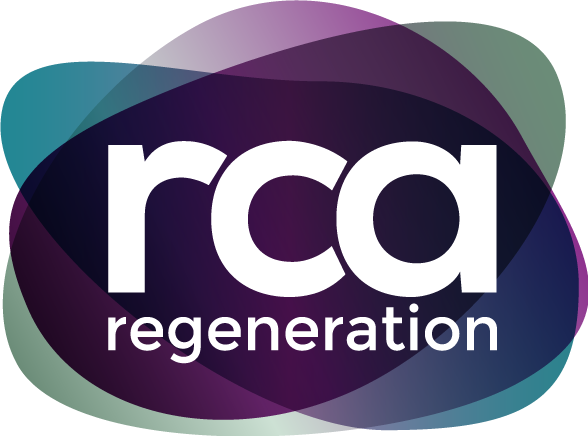
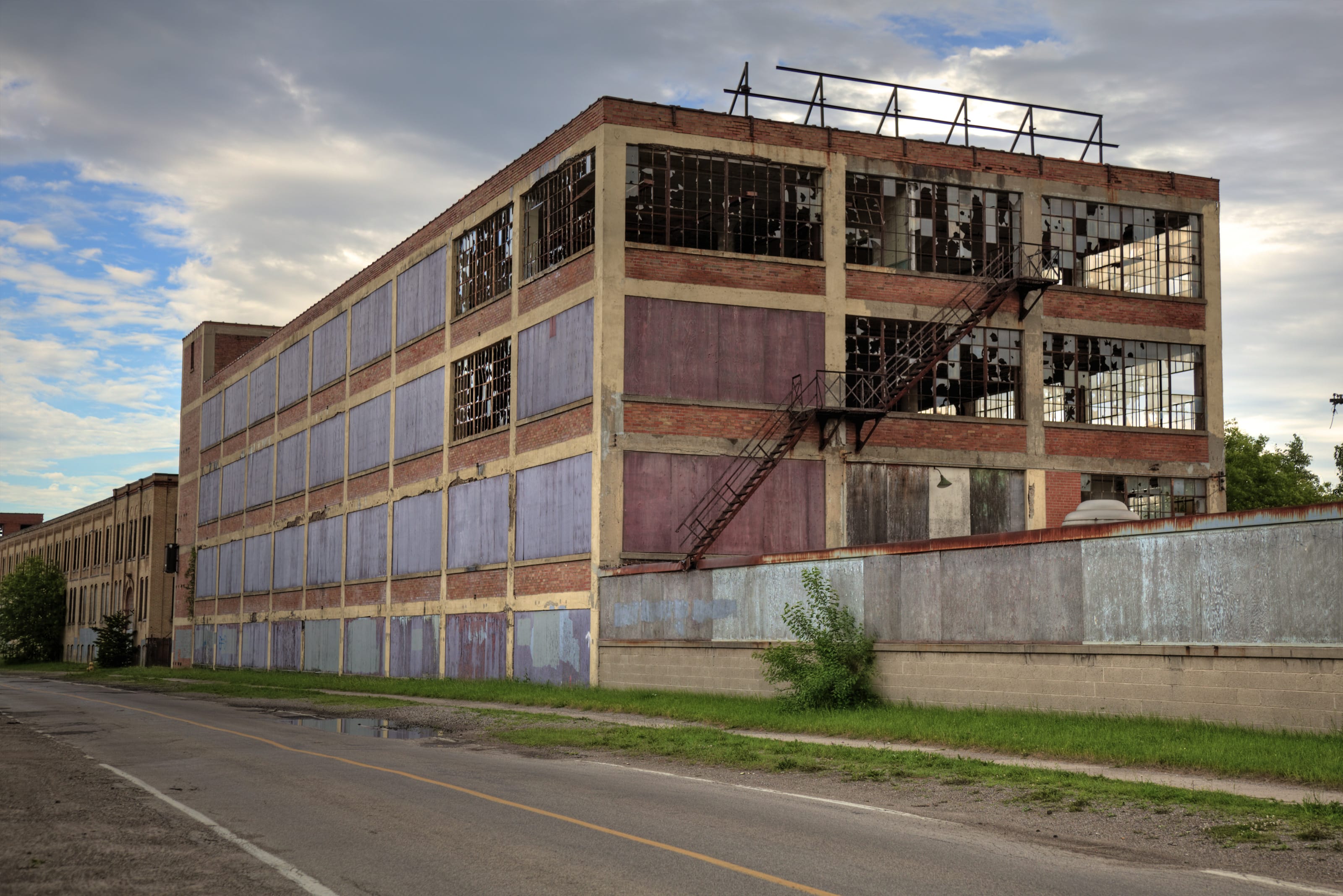

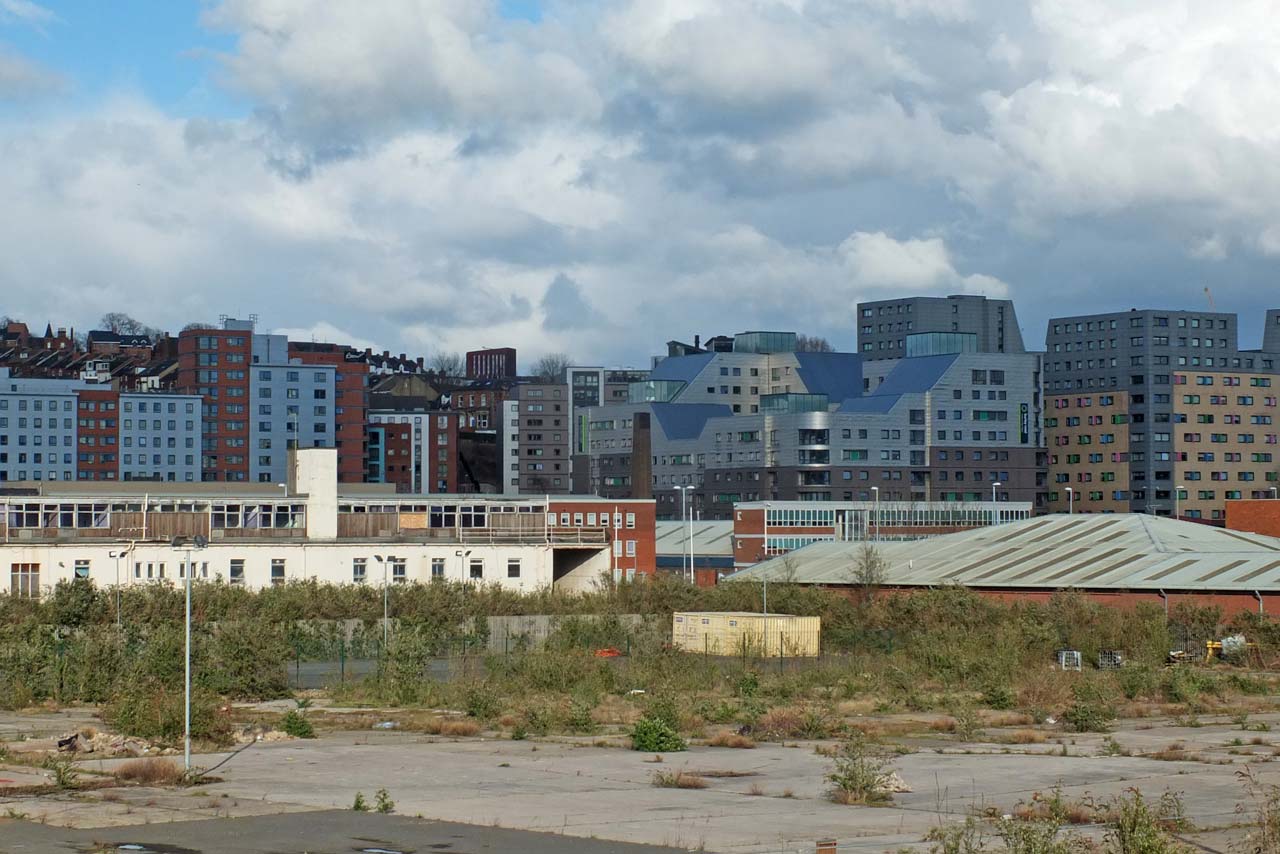
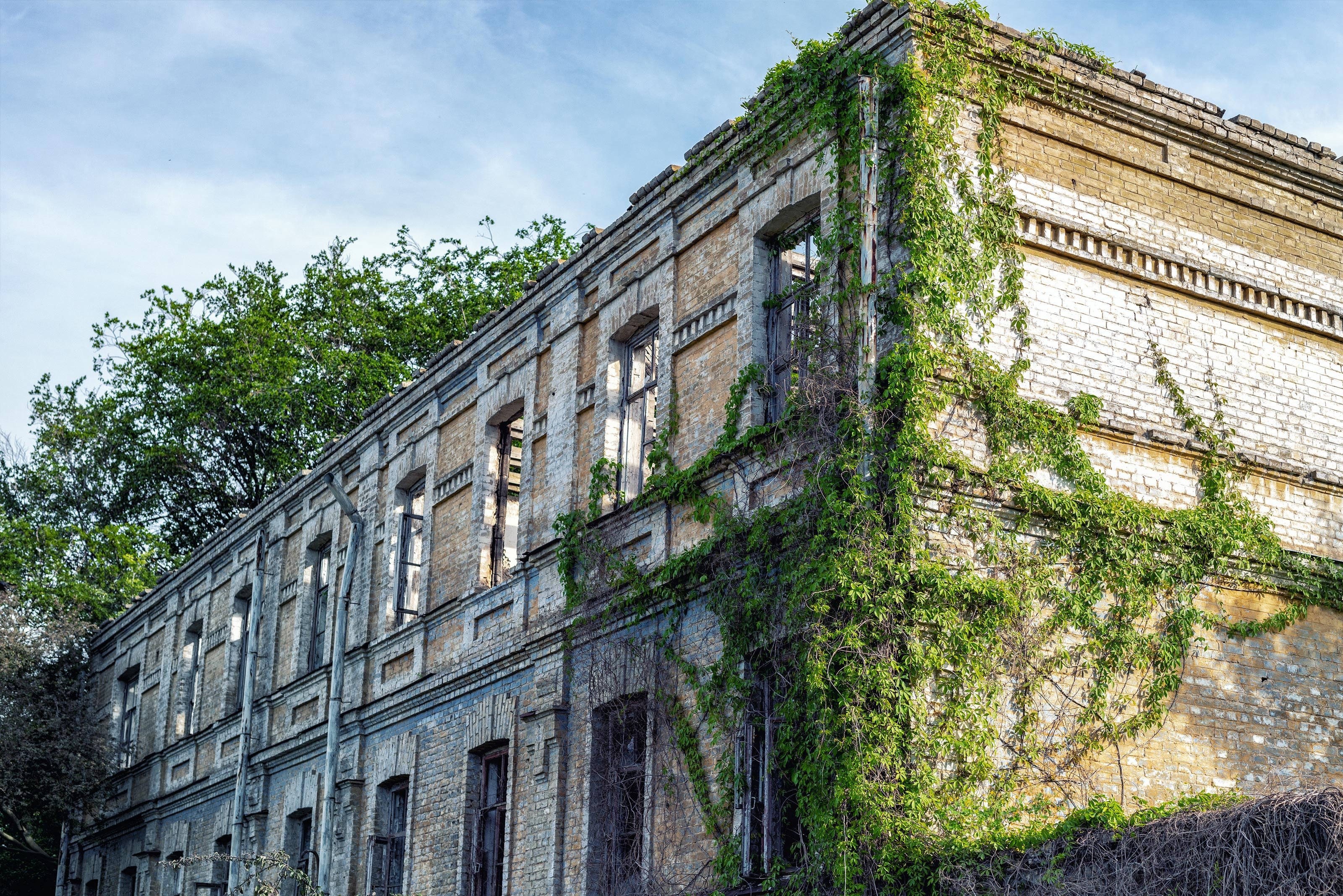
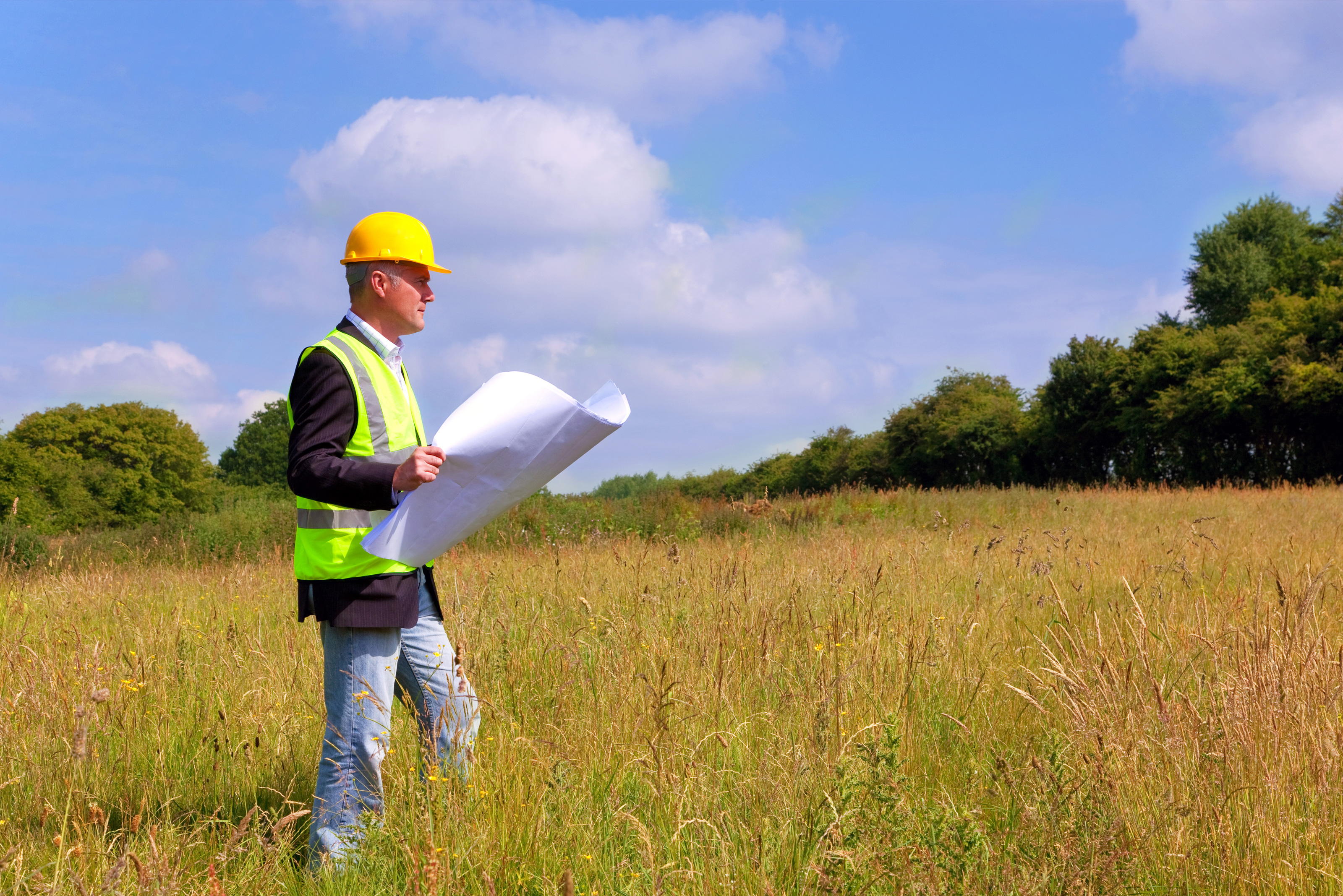
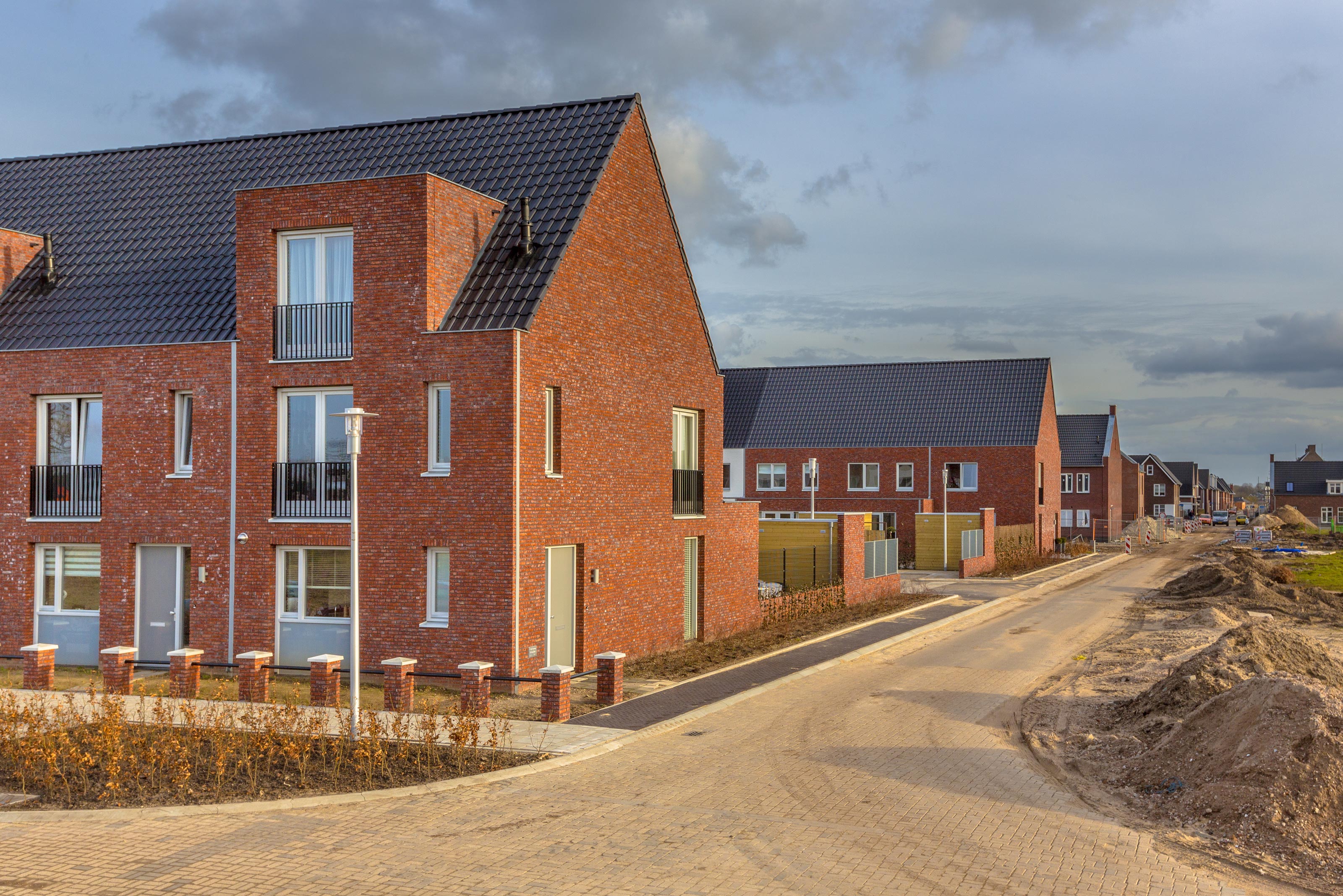
Leave a Comment